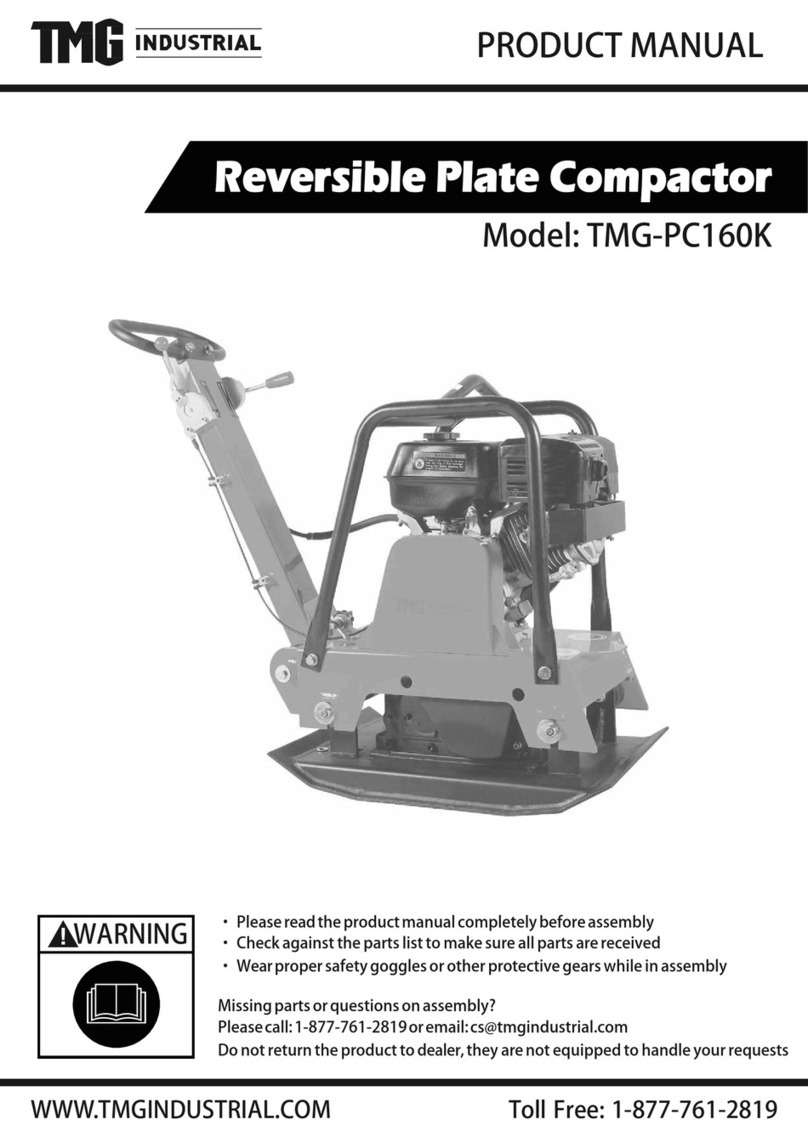
●Diagnosis and inspection charges that do not result in warranty-eligible service being
performed.
●Any non-authorized replacement part.or malfunction of authorized parts due to use of
non-authorized parts.
OWNER'S WARRANTY RESPONSlBlUTlES
As the engine owner, you are responsible tor the performance of the required
maIntenance listed in your owner’s manual.We recommends that you retain all receipts
covering maintenance on your engine, but we cannot deny warranty solely for the lack
of receipts or for your failure to ensure the performance of all scheduled
maintenance.As the engine owner.you should however be aware that we may deny
warranty coverage if Your engine or a part has tailed due to abuse,neglect,improper
maintenance or unapproved modificatioas.
You are responsible for presenting your engine to the nearest service dealer
authorized by us when a problem exists.
If you have any questions regarding your warranty rights and responsibilities,you
should contact the our CORPORATION Product Support Department for the
information.
THlNGS YOU SHOULD KNOW ABO UT THE EMlSSlON CONTROL
SYSTEM WARRANTY:
●MAINTENANCE AND REPAlRS
You are responsible for the proper maintenance of the engine.You should keep all
receipts and maintenance records covering the performance of regular maintenance in
the event questions arise .These receipts and maintenance records should be
transferred to each subsequent owner of the engine.Our reserves the right to deny
warranty coverage if the engine has not been properly maintained.Warranty claims will
not be denied,however, solely because of the lack of required maintenance or failure to
keep maintenance records.
MAINTENANCE.REPLACEMENT OR REPAIR OF EMISSlON CONTROL DEVICES
AND SYSTEMS MAY BE PERFORMED BY ANY REPAIR ESTABLISHMENT OR
INDIVIDUAL; HOWEVER, WARRANTY REPAIRS MUST BE PERFORMED BY A
SERVICE DEALER AUTHORIZED BY US. THE USE OF PARTS THAT ARE NOT
EQUIVALENT IN PERFORMANCE AND DURABILlTY TO AUTHORIZED PARTS
MAY IMPAlR THE EFFECTIVENESS OF THE EMISSION CONTROL SYSTEM AND
MAY HAVE A BEARING ON THE OUTCOME OF A WARRANTY CLAIM.
If other than the parts authorized by us are used for maintenance replacements or for
the repair of components affecting emission control,you should assure yourself that
such parts are warranted by their manufacturer to be equivalent to the parts authorized
by us in their performance and durability.
HOW TO MAKE A CLAIM



























